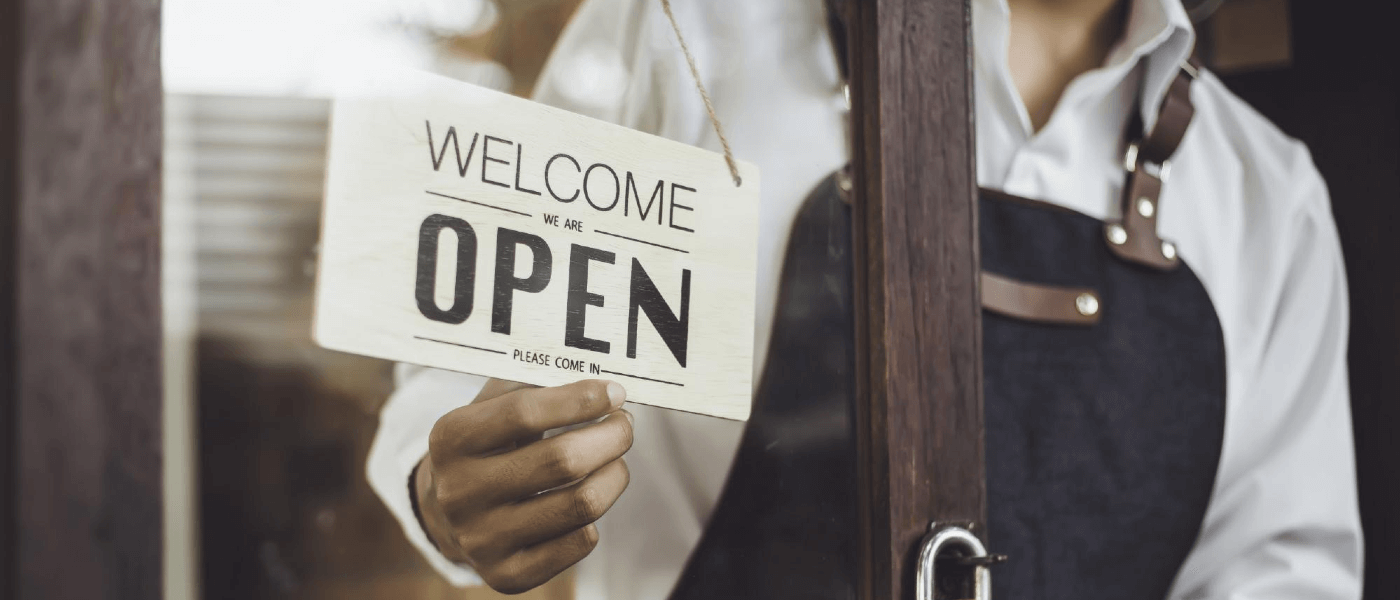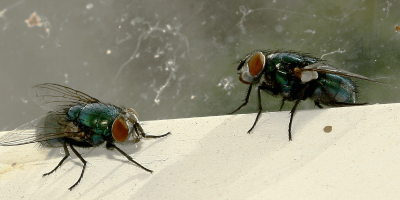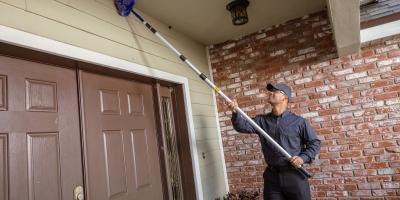Reopen Your Restaurant's Doors to Patrons, Not Pests

As more restaurants reopen throughout New England, “an abundance of caution” has been the prevailing principle when it comes to health and safety. This includes all measures to help prevent the spread of the new coronavirus, but it’s also a philosophy applicable to pest control.
Restaurants have and will always attract pests like flies, cockroaches, mice, rats and weevils, due to the large volume of food stored, cooked, served and discarded on their premises.
However, knowing that such critters will be drawn to your business actually gives you a leg up against them, because you can take proactive steps to prevent any problems before they happen. That’s good not just for your customers and staff, who would be just as unhappy as you to discover pests at your restaurant, but it’s also far more cost-effective to prevent pests than to treat for them once an infestation has taken hold.
Here are a few tips to help you invite your guests back safely… while keeping pests out for good.
What’s the Buzz about Your Business?
Of course, it’s not just your business's image that’s at stake (74% of diners saying they’d never go back to a restaurant implicated in a food safety incident) – many of the pests that affect restaurants also threaten the health and safety of your employees and patrons. Rodents carry diseases like salmonella and hantavirus, cockroaches contaminate stored food with their droppings, and even flies – although more of a nuisance than anything – can spread germs.
Reopening a restaurant after an extended closure presents some unique challenges as well. Having been dormant for weeks, or perhaps even months, afforded pests the opportunity to embed themselves in places you might not have had them before.
The first thing you must do when reopening your restaurant is to check for pest infestations or harborage and make sure all pest control measures are fully functional. That may seem obvious, but it’s important not to skip this step and to be thorough when checking which strategies you have put in place.
As you probably already know, there are several areas of your restaurant that are considered hotspots for pest activity. These are the places you should check first:
Outdoor lighting: Many pests are drawn to bright light, so make sure your lighting isn’t attracting them to areas where guests congregate to dine.
Dumpsters: Or as insects, rodents and raccoons see them – a heaping buffet, which is why all trash receptacles should be covered and there should be no standing water in or around the dumpsters.
Entrances/exits: Doors and windows should remain closed at all times. Inspect weather stripping to make sure the seal is still tight – and consider adding door sweeps to keep pests out.
Dining and food prep areas: Surfaces should be wiped down as soon as they’re vacated, and spilled drinks and dropped crumbs should be cleaned up immediately.
Trash cans: Garbage bins should be covered and lined with bags and routinely cleaned with soap and water.
Floor drains: Standing water is a breeding ground for many pests, so make sure floor drains are doing their job properly.
These sorts of preventative measures are part of a holistic approach to pest control known as integrated pest management, or IPM. In a nutshell, IPM is about keeping the premises clean and preventing pests from entering in the first place. Doing so is not only smart in terms of safety, it’s also more cost effective than treating an existing (or potential) infestation.
Also, by protecting your establishment from pests you’re protecting your reputation, which means patrons will be happy to return to your establishment and your restaurant will be booming with repeat business.
The best way to implement an IPM strategy is to coordinate one with a pest control professional to ensure that all current pest activity is found and remedied before it develops into a problem.
Not sure where to start? Schedule a free inspection with your local commercial service planner about the unique needs of your restaurant and how to keep it safe from pests.



